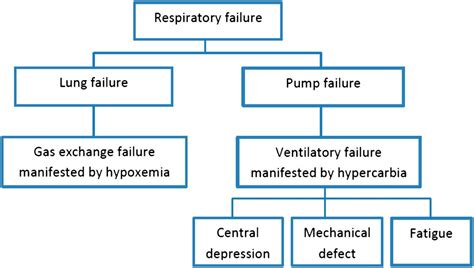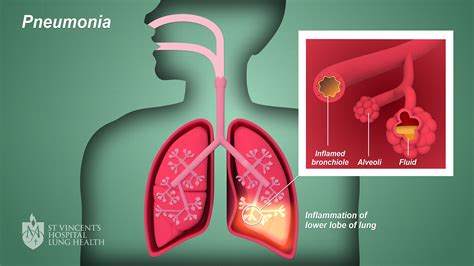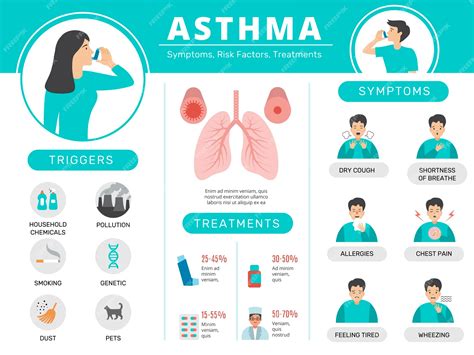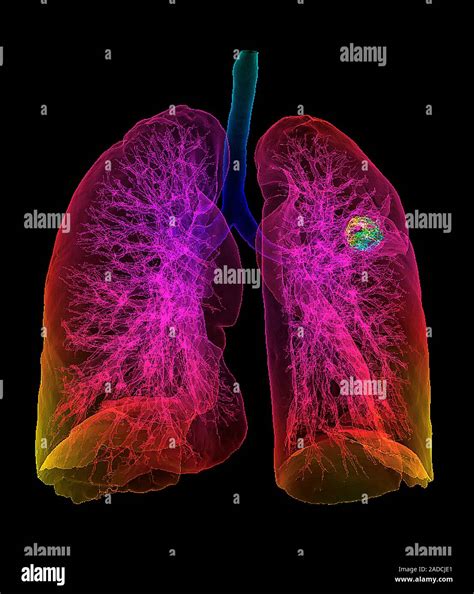Intro
Discover the 5 ways respiratory failure occurs, including chronic obstructive pulmonary disease, pneumonia, and acute respiratory distress syndrome, and learn about symptoms, treatment, and prevention of respiratory failure and related lung conditions.
Respiratory failure is a serious and potentially life-threatening condition that occurs when the lungs are unable to take in enough oxygen or remove enough carbon dioxide from the blood. This can be caused by a variety of factors, including diseases, injuries, and other medical conditions. Understanding the different ways that respiratory failure can occur is crucial for preventing and treating this condition. In this article, we will explore five ways that respiratory failure happens, and what can be done to prevent and manage this condition.
The importance of respiratory health cannot be overstated. The lungs are responsible for bringing oxygen into the body and removing carbon dioxide, and when they are not functioning properly, it can have serious consequences for overall health. Respiratory failure can be acute, meaning it comes on suddenly, or chronic, meaning it develops over time. Both types of respiratory failure require prompt medical attention to prevent serious complications.
Respiratory failure can have a significant impact on a person's quality of life, making everyday activities like walking or climbing stairs difficult or even impossible. It can also lead to other serious health problems, such as heart failure, kidney damage, and even death. Therefore, it is essential to understand the different ways that respiratory failure can occur and to take steps to prevent and manage this condition. By doing so, individuals can reduce their risk of developing respiratory failure and improve their overall health and well-being.
Introduction to Respiratory Failure

Types of Respiratory Failure
There are two main types of respiratory failure: hypoxemic and hypercapnic. Hypoxemic respiratory failure occurs when the lungs are unable to take in enough oxygen, resulting in low oxygen levels in the blood. Hypercapnic respiratory failure occurs when the lungs are unable to remove enough carbon dioxide from the blood, resulting in high carbon dioxide levels. Both types of respiratory failure can be acute or chronic, and both require prompt medical attention to prevent serious complications.Cause 1: Chronic Obstructive Pulmonary Disease (COPD)

COPD is a serious condition that requires prompt medical attention. There are several treatments available for COPD, including medications, pulmonary rehabilitation, and lifestyle changes. Quitting smoking is essential for managing COPD, as it can help slow the progression of the disease. Medications such as bronchodilators and corticosteroids can help improve breathing and reduce symptoms. Pulmonary rehabilitation is a comprehensive program that includes exercise, education, and support to help individuals manage their COPD and improve their overall health.
Symptoms of COPD
The symptoms of COPD can vary from person to person, but they often include: * Shortness of breath * Wheezing * Coughing * Chest tightness * Fatigue It is essential to seek medical attention if you are experiencing any of these symptoms, as they can be a sign of COPD or other serious lung diseases.Cause 2: Pneumonia

Pneumonia can be treated with antibiotics, antiviral medications, or antifungal medications, depending on the cause of the infection. It is essential to seek medical attention if you are experiencing symptoms of pneumonia, such as coughing, fever, and shortness of breath. In severe cases, pneumonia can cause respiratory failure, which can be life-threatening if not treated promptly.
Preventing Pneumonia
There are several ways to prevent pneumonia, including: * Getting vaccinated against flu and pneumococcal disease * Practicing good hygiene, such as washing your hands regularly * Avoiding close contact with individuals who are sick * Quitting smoking * Getting plenty of rest and practicing stress-reducing techniquesCause 3: Asthma

Asthma can be managed with medications, such as bronchodilators and corticosteroids, and lifestyle changes, such as avoiding triggers and practicing good hygiene. It is essential to work with a healthcare provider to develop a personalized treatment plan for managing asthma and preventing respiratory failure.
Asthma Symptoms
The symptoms of asthma can vary from person to person, but they often include: * Wheezing * Coughing * Shortness of breath * Chest tightness * Fatigue It is essential to seek medical attention if you are experiencing any of these symptoms, as they can be a sign of asthma or other serious lung diseases.Cause 4: Lung Cancer

Lung cancer can be treated with surgery, chemotherapy, radiation therapy, or a combination of these treatments. It is essential to seek medical attention if you are experiencing symptoms of lung cancer, such as coughing, chest pain, and shortness of breath.
Lung Cancer Prevention
There are several ways to prevent lung cancer, including: * Quitting smoking * Avoiding exposure to carcinogens, such as radon or asbestos * Getting regular screenings for lung cancer * Practicing good hygiene and avoiding close contact with individuals who are sickCause 5: Trauma

Trauma can be treated with surgery, medications, and other interventions, depending on the severity of the injury. It is essential to seek medical attention immediately if you have experienced trauma, as prompt treatment can help prevent serious complications, including respiratory failure.
Trauma Prevention
There are several ways to prevent trauma, including: * Wearing seatbelts and following traffic laws * Practicing fall prevention techniques, such as using handrails and removing tripping hazards * Wearing protective gear, such as helmets and knee pads, when engaging in high-risk activities * Getting regular check-ups and screenings to identify and manage underlying health conditionsWhat is respiratory failure?
+Respiratory failure is a serious condition that occurs when the lungs are unable to take in enough oxygen or remove enough carbon dioxide from the blood.
What are the symptoms of respiratory failure?
+The symptoms of respiratory failure can vary, but they often include shortness of breath, wheezing, coughing, chest tightness, and fatigue.
How is respiratory failure treated?
+Respiratory failure can be treated with medications, oxygen therapy, mechanical ventilation, and other interventions, depending on the underlying cause and severity of the condition.
In conclusion, respiratory failure is a serious and potentially life-threatening condition that can be caused by a variety of factors, including chronic obstructive pulmonary disease (COPD), pneumonia, asthma, lung cancer, and trauma. Understanding the different ways that respiratory failure can occur is crucial for preventing and treating this condition. By seeking medical attention promptly and working with a healthcare provider to develop a personalized treatment plan, individuals can reduce their risk of developing respiratory failure and improve their overall health and well-being. We invite you to share your thoughts and experiences with respiratory failure in the comments below, and to share this article with anyone who may be affected by this condition.
